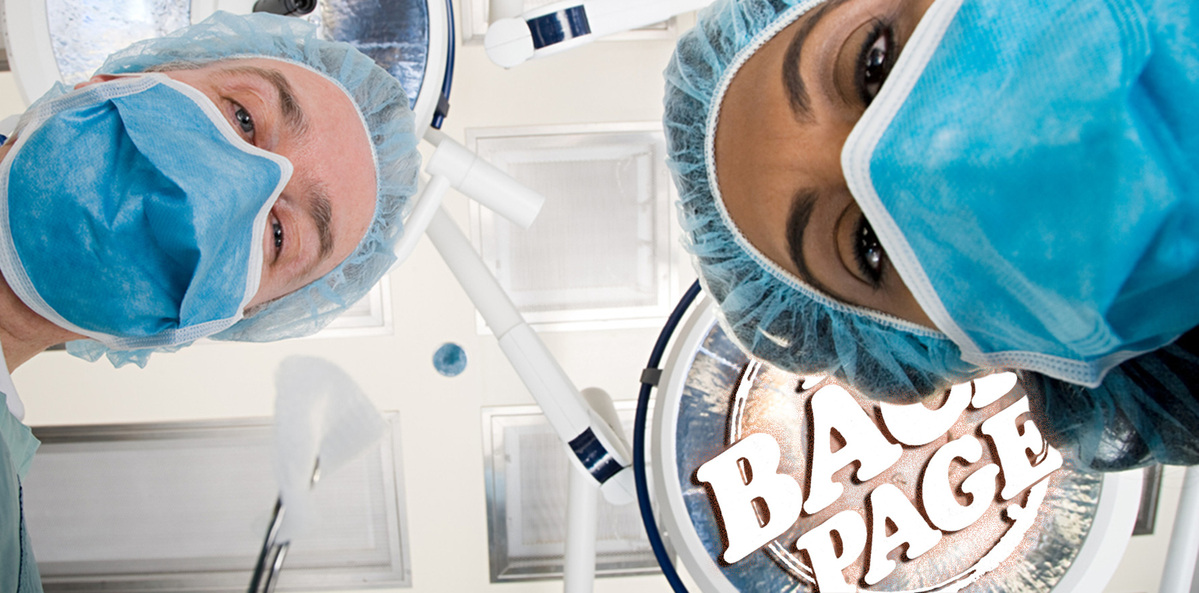Are we giving the optimal doses of anaesthesia drugs, or is it another case of male-dominated data?
Awareness under anaesthesia.
There’s a whole world of horror in those three words, and wouldn’t you know it: females are more prone to it than males.
It is mercifully rare: the large NAP5 study by the Royal College of Anaesthetists and the Association of Anaesthetists of Great Britain and Ireland found there was a new report of awareness under general anaesthesia for about 1 in 20,000 procedures, while other studies have found an incidence closer to one or two per 1000.
According to NAP5, about 40% of the unfortunate people whose lights go on while they’re being sliced and diced suffer long-term effects such as anxiety, sleep disturbances, flashbacks, nightmares, fear of future anaesthesia (no kidding) or even PTSD.
In a new study published in PNAS, a team from the University of Pennsylvania set out to find the root of apparent sex differences in resistance to anaesthesia.
They cite the ReCCognition trial, which tested neurocognitive function in 30 healthy human subjects immediately after anaesthesia and for another three hours, and found the women were quicker to follow auditory cues and performed faster on a psychomotor vigilance test than males.
Most, though not all, previous studies have found female sex to be a risk factor for awareness under anaesthesia. However, the present authors say, these studies were not designed so as to exclude differences in drug distribution and elimination.
In a series of experiments on male and female mice, both intact and after castration/oophorectomy (sorry, squeakers, but worse is to come – science!), using isoflurane and other volatile anaesthetics, they found that females were slower to go under and quicker to resurface than intact males.
They were also quicker than the blokes to regain their righting reflexes and to remove a little sticker placed on their nose (aww!) after re-emergence from anaesthesia.
When they examined the brain tissue of the mice (that’s the worse) they found equal concentrations of isoflurane in males and females, ruling out pharmacokinetic differences.
Testosterone is clearly the key: castration removed all differences between male and female mice, while oophorectomy made no difference.
Giving testosterone to intact and castrated males enhanced their anaesthetic sensitivity in a dose-dependent fashion, with fast results, indicating the effect was direct and not via gene expression.
Interestingly, the activity that betrays awareness is subcortical and does not show up on an EEG. Whole-brain screening, however, found significant differences in the hypothalamus between intact males and females and castrated males, suggesting that “sexually dimorphic activity patterns of hypothalamic sleep-promoting structures consistently correlate with anesthetic sensitivity”.
Currently, they conclude, the administration of anaesthetics is guided by “data disproportionally compiled in males” and may underestimate the doses required for females. Also, EEG may be a poor guide to depth of anaesthesia.
The Back Page is going to keep this paper handy for anaesthetists’ reading pleasure should she find herself heading for an operating theatre any time soon.
Send semi-conscious story tips to penny@medicalrepublic.com.au.


